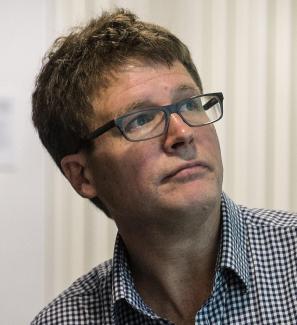Leveraging energy data for better residential energy subsidy targeting
A welfare state faces two fundamental challenges: targeting those who need support most and delivering benefits in an effective manner. In developing countries, weak data leads to poor targeting, while weak institutions lead to poor delivery. The benefits intended for the poor therefore only reach a fraction of the planned amounts.
Targeting is challenging because of the high costs associated with collecting comprehensive and up-to-date data to determine need. Pakistan's National Socio-Economic Registry (NSER) covers 87% of the population, serving as the backbone for all PMT targeting of social protection in the country, however, it loses precision over time and is expensive to update.
Effective mechanisms for redistribution form the second challenge. Constrained by weak institutions, developing country governments instead turn to subsidising common, visible goods such as food or energy. These subsidies, while offering some relief to the poor, often end up disproportionately benefiting those who are already well-off.
The project aims are as follows:
- To test whether administrative data on monthly energy consumption can be used as a high frequency consumption measure to improve targeting. This exercise serves as a first cut on whether energy consumption data can be a suitable proxy to improve targeting and complements previous work on the use of high frequency consumption data for targeting.
- To possibly construct an unprecedented database that links asset and energy expenditure data across all segments of Pakistani society. This database serves as the basis for determining future targeted transfers, notably a proposed energy subsidy overhaul that would replace existing price-based subsidies with need-based transfers.
- To conduct a large-scale evaluation of a planned reform to how energy subsidies are targeted. Under the direction of the Prime Minister, we will design and pilot a new system which gives out energy subsidies based on need instead of through the price of energy.






